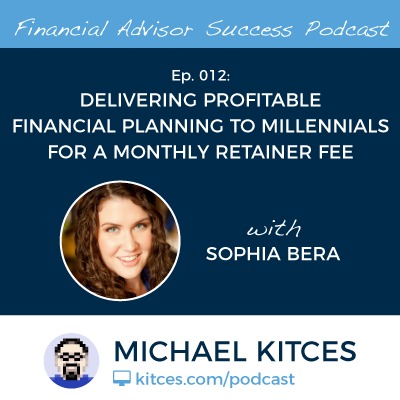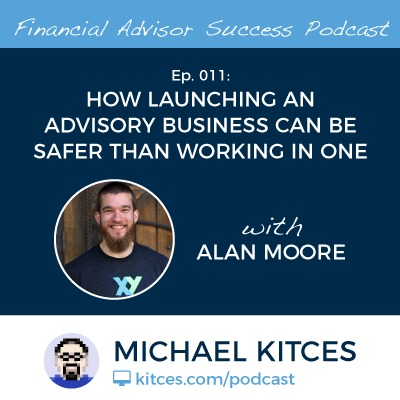Enjoy the current installment of "weekend reading for financial planners" – this week's edition kicks off with an interesting new consumer survey from J.D. Power (and a similar one from Spectrem) finding that the majority of consumers currently using commission-based investment accounts don't want to switch to a fee-based solution instead, even as studies also find that those who use fee-based accounts are more satisfied with what they pay... and reinforcing that while there may be some harm caused by inappropriate commission-based sales, there is a segment of consumers that don't want to pay ongoing fees and would prefer to just engage via commissions when they wish.
From there, we have a few practice management articles, from a look at how the biggest key to getting new clients may be "approachability" (which is far easier said than done!), to a discussion of what the real difference is between a TAMP and a "robo-for-advisors" solution (as the two increasingly converge towards each other), what to do (and not to do) when talking to the media as a financial advisor to get PR exposure, and what your website homepage must include in order to be appealing to prospects (even including the ones that were already referred to you, but are still checking you out online first!).
We also have several more technical articles this week, including: strategies for using bonds to meet retirement expenses; whether the rules limiting upside return projections on indexed universal life policies under Actuarial Guideline 49 went far enough; what to do when a retired couple applies for long-term care insurance but only one of them gets it (and the other gets declined); and an in-depth look at how the number of publicly listed stocks has dropped by almost 50% in just the past 20 years, as fewer and fewer companies choose to IPO in the public markets, even as M&A activity continues, resulting in a more-and-more concentrated number of publicly traded mega companies (and potentially less diversification even for the investor who buys a total market index fund).
We wrap up with three interesting articles about spending and saving behaviors: the first is a fascinating look at how a couple earning $500,000/year in a major metropolitan area can still spend "reasonably" (at least, relative to their income) yet find themselves living paycheck to paycheck; the second dives into how one Millennial blogger managed to accumulate $1M in investments in barely 5 years by converting his long-term savings goals into a daily savings effort (which so motivated him that as his income rose, he saved virtually all of it, accelerating his financial success); and the last looks at how anyone can get their financial life more streamlined and organized (which, notably, is something few financial advisors actually focus on directly, even though it could arguably be a complementary or even a separately paid service!).
Enjoy the "light" reading!

 Welcome back to the twelfth episode of the Financial Advisor Success podcast!
Welcome back to the twelfth episode of the Financial Advisor Success podcast! Welcome back to the eleventh episode of the Financial Advisor Success podcast!
Welcome back to the eleventh episode of the Financial Advisor Success podcast!
